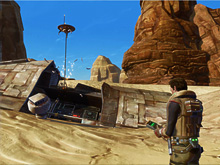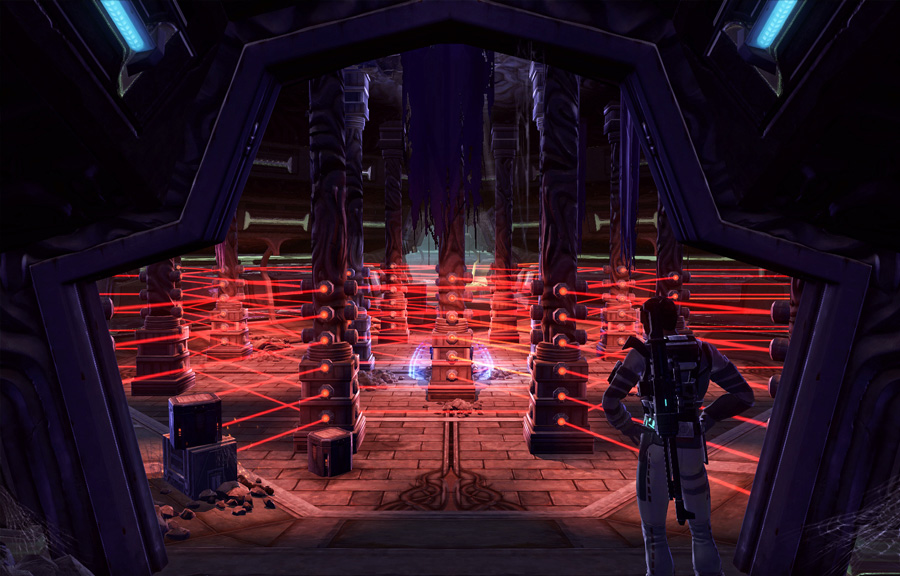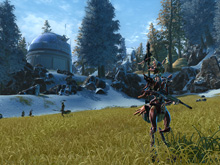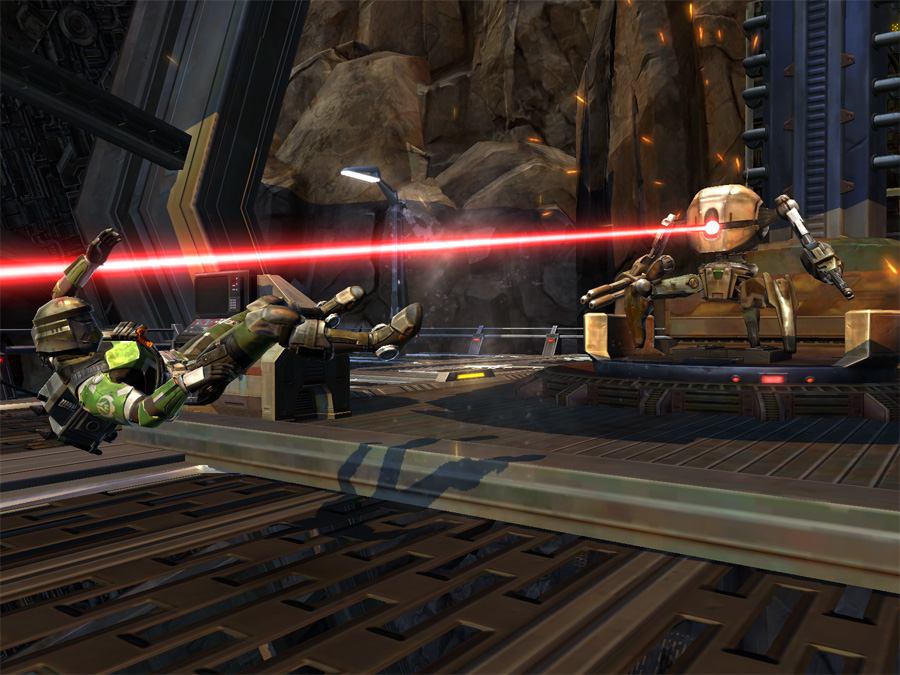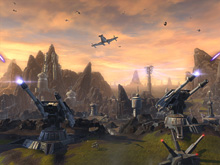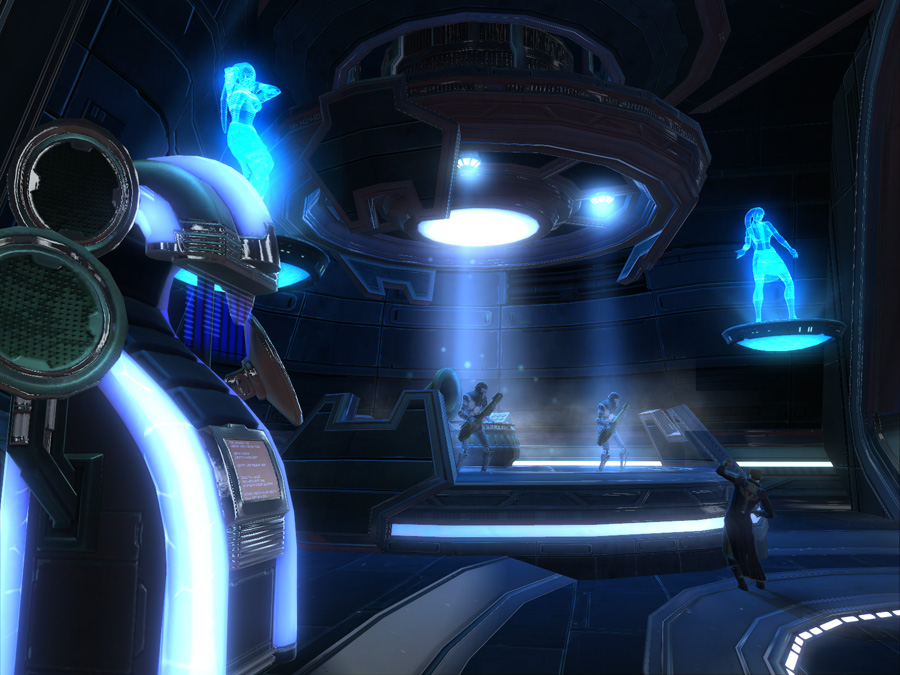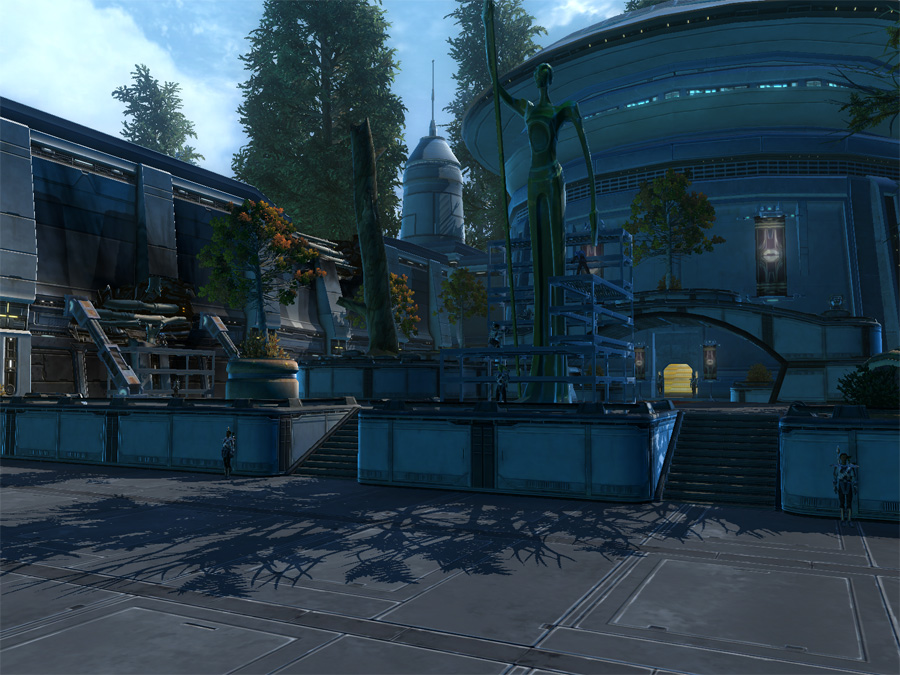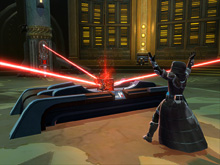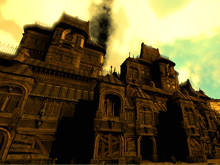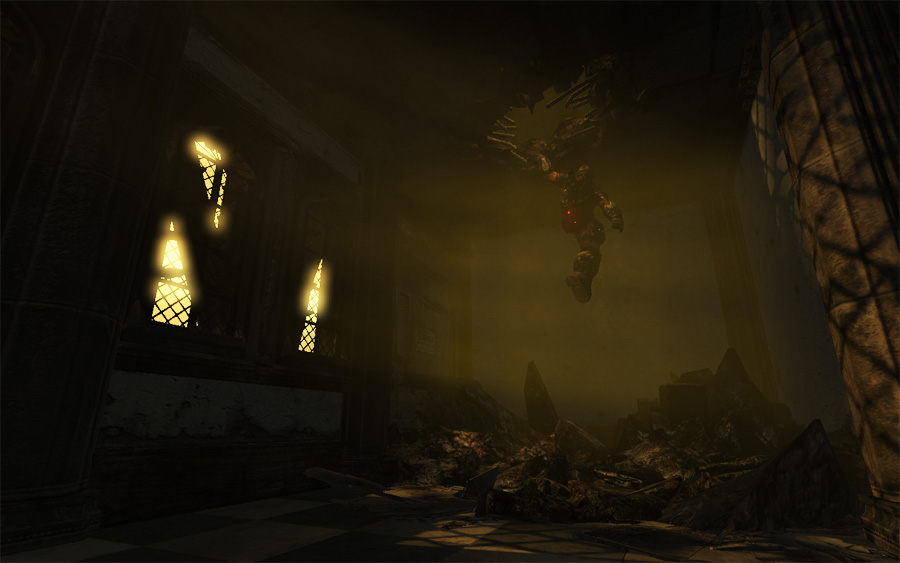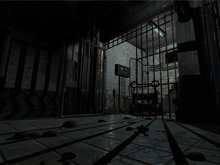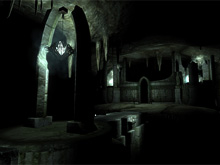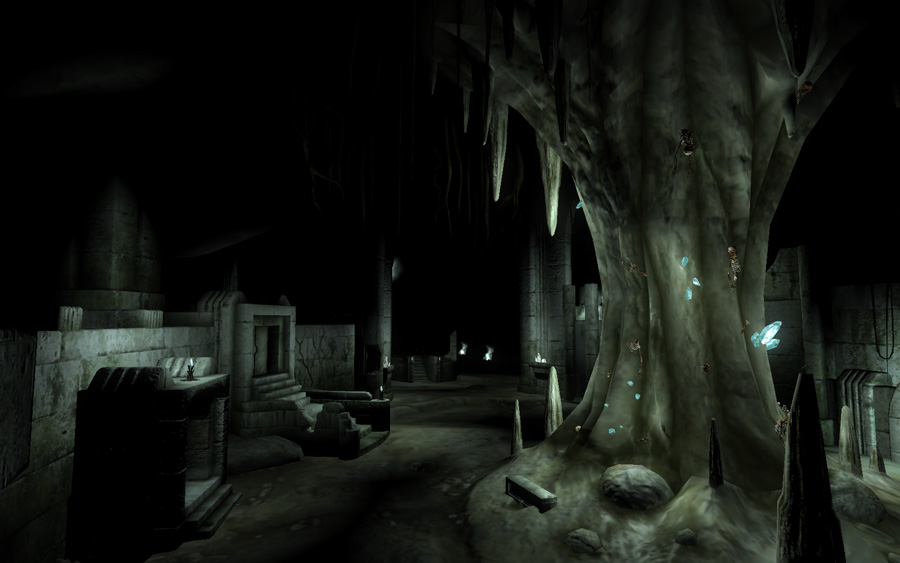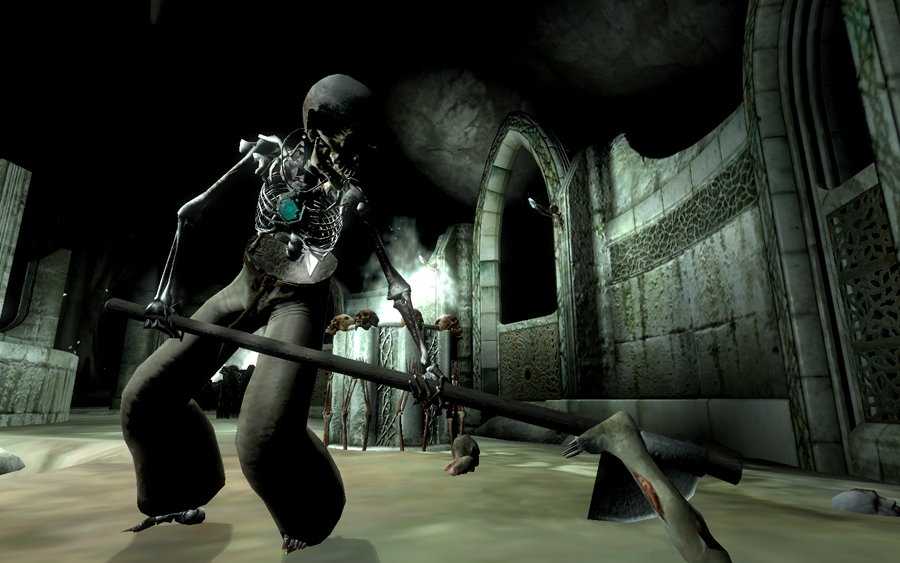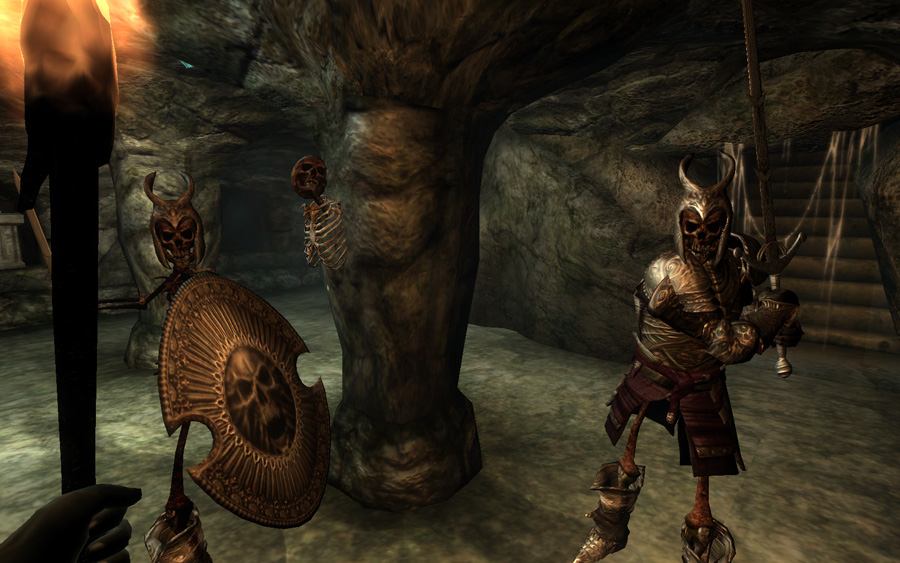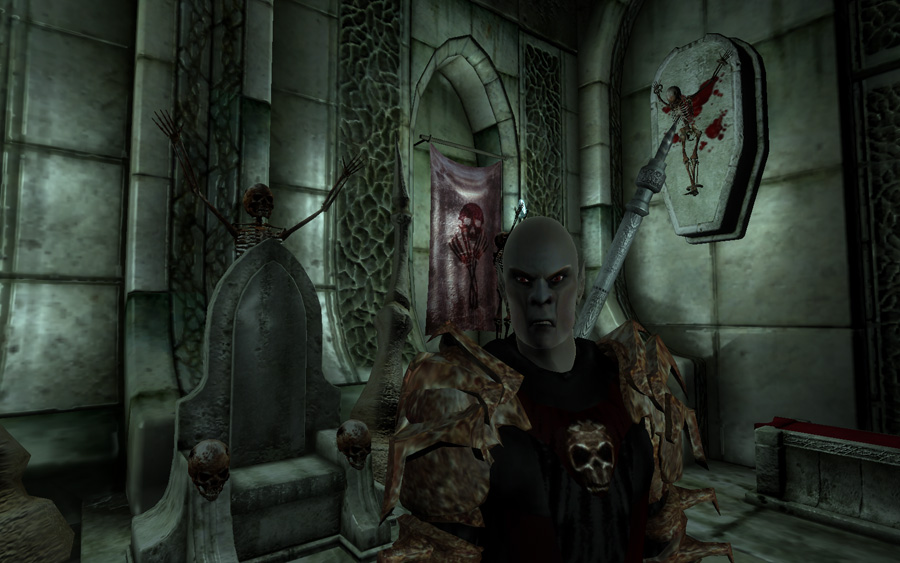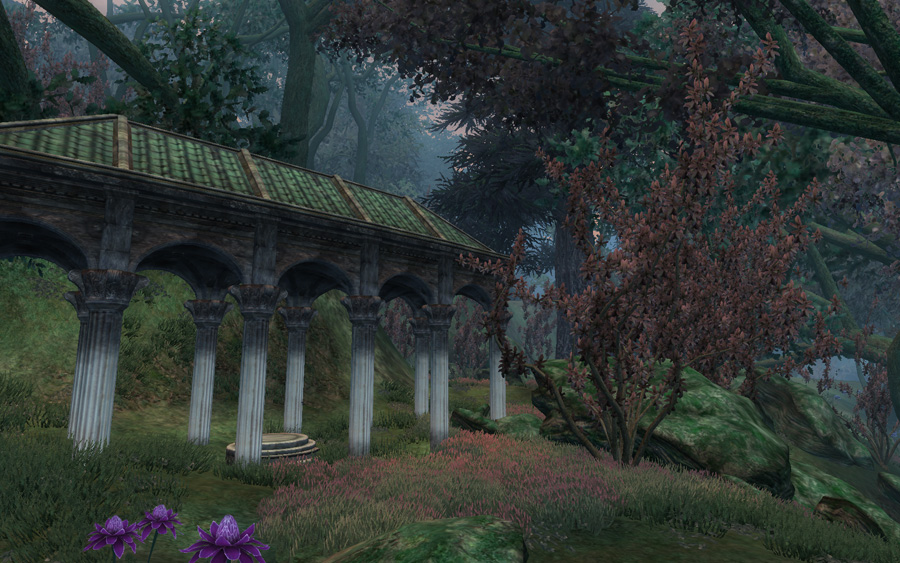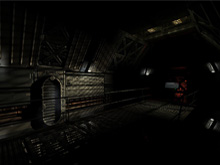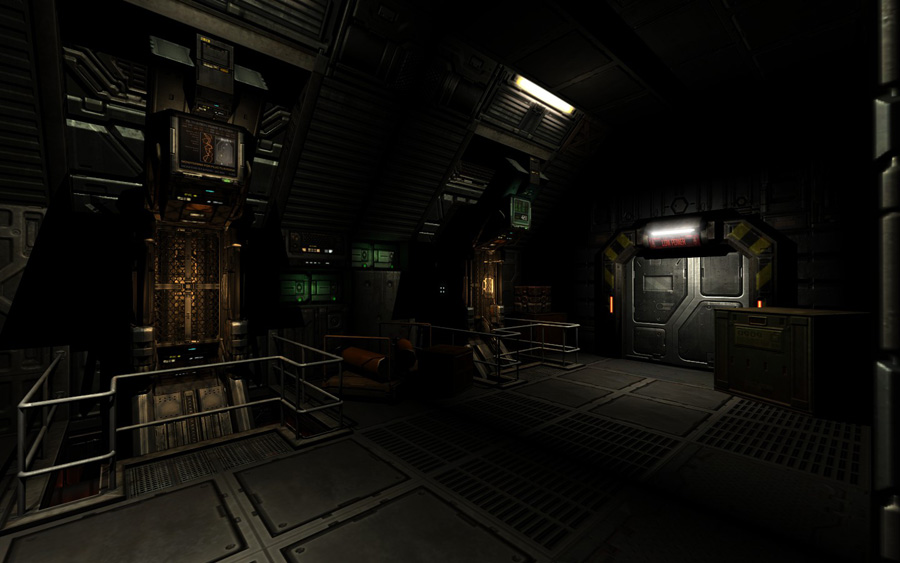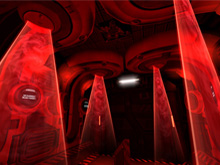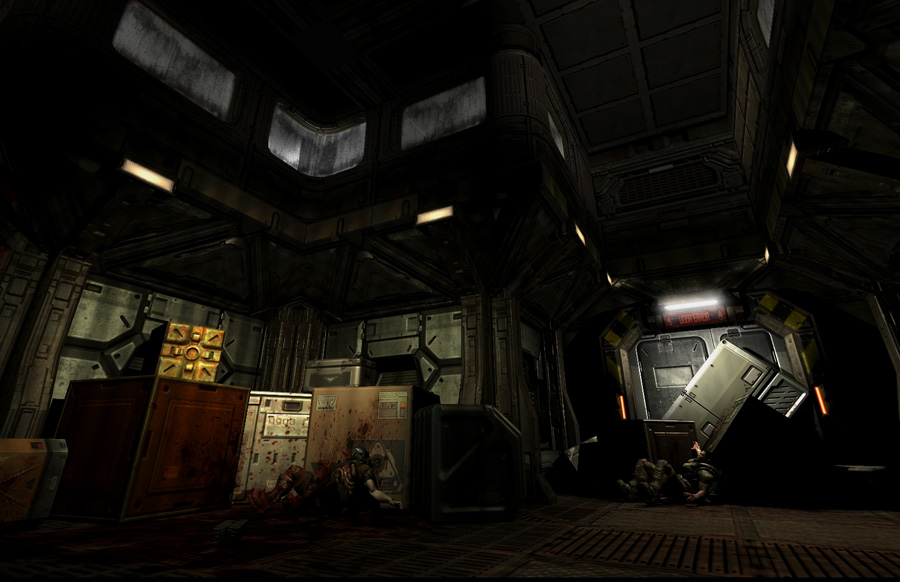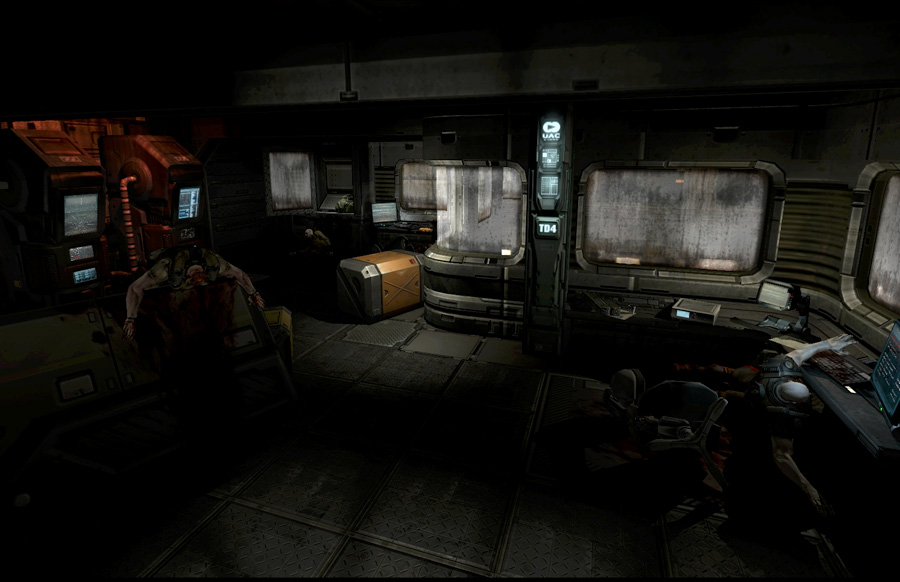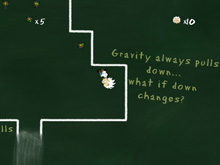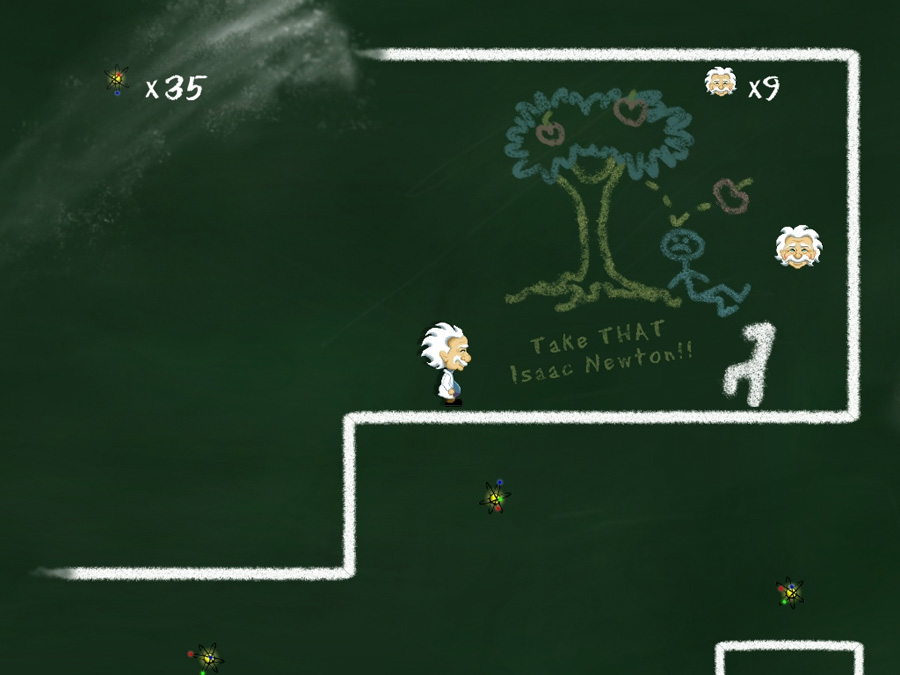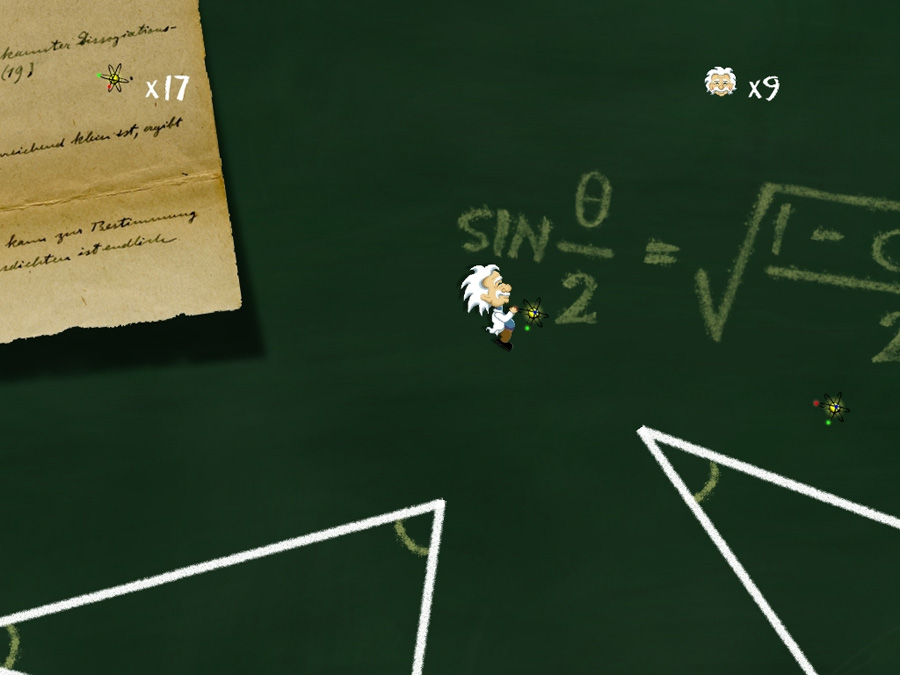Rise of the Hutt Cartel is the first digital expansion for Star Wars: The Old Republic. The expansion adds a new planet to the game, new faction storylines, and two new gameplay systems designed to deliver content to players via exploration and discovery.
I was tasked with creating these new gameplay systems, with the stated
goal of breaking from traditional MMO mechanics, and rewarding players
who venture off of the beaten path. The results became known as the Macrobinocular and Seeker Droid systems.
In addition to the systems themselves, I was responsible for designing and scripting the introductory quest lines for each new mechanic. These quests were designed to be full of ambiance and environmental puzzles, to encourage players to problem solve using the new tools they'd been
granted.
(Click any of the images to the right to view the Gallery).
I was tasked with creating these new gameplay systems, with the stated
goal of breaking from traditional MMO mechanics, and rewarding players
who venture off of the beaten path. The results became known as the Macrobinocular and Seeker Droid systems.
In addition to the systems themselves, I was responsible for designing and scripting the introductory quest lines for each new mechanic. These quests were designed to be full of ambiance and environmental puzzles, to encourage players to problem solve using the new tools they'd been
granted.
(Click any of the images to the right to view the Gallery).
Star Wars: The Old Republic is the first Massively Multiplayer Online Role-Playing Game from world-renowned developer Bioware. Combining Bioware's signature storytelling with addictive MMO gameplay, SWTOR merges genres to create something truly unique.
My role in the project was that of a World Designer and Scripter. As such, I was tasked with implementing many of the quests within the game - including the entire planet of Alderaan. In addition to Quest Scripting, I was also responsible for creating several of the game's more emergent quest-delivery mechanisms, such as Staged Bonus and Area Quests.
In addition to my normal scripting responsibilities, I was also the Liaison between the Design and VFX departments. My job was to communicate requests, limitations, and schedules between the departments, as well as creating many of the world-design-specific VFX you see in the game.
(Click any of the images to the right to view the Gallery).
My role in the project was that of a World Designer and Scripter. As such, I was tasked with implementing many of the quests within the game - including the entire planet of Alderaan. In addition to Quest Scripting, I was also responsible for creating several of the game's more emergent quest-delivery mechanisms, such as Staged Bonus and Area Quests.
In addition to my normal scripting responsibilities, I was also the Liaison between the Design and VFX departments. My job was to communicate requests, limitations, and schedules between the departments, as well as creating many of the world-design-specific VFX you see in the game.
(Click any of the images to the right to view the Gallery).
The Asylum is a custom-built Gears of War level that casts the player as a nameles COG Special Operative tasked with recovering the contents and crew of a spy helicopter that crashed in the middle of a pre-war insane asylum.
The design of the level focused heavily upon creating mood and tension through lighting and shadow. As such, custom lightmaps and materials were created to give the interiors of the level an oppresive, dirty feel meant to unsettle the player.
The lighting also influences the gameplay experience, however, as Locust eyes glow red in the darkness, and a custom-scripted flashlight gives the player a narrow cone of view in otherwise pitch-black parts of the level.
Click here to view The Asylum trailer.
(Click any of the images to the right to view the Gallery).
The design of the level focused heavily upon creating mood and tension through lighting and shadow. As such, custom lightmaps and materials were created to give the interiors of the level an oppresive, dirty feel meant to unsettle the player.
The lighting also influences the gameplay experience, however, as Locust eyes glow red in the darkness, and a custom-scripted flashlight gives the player a narrow cone of view in otherwise pitch-black parts of the level.
Click here to view The Asylum trailer.
(Click any of the images to the right to view the Gallery).
Moriarcis is a mod for The Elder Scrolls IV: Oblivion. In it, the player discovers a lost underground "City of the Dead," and must unravel its secrets - and those of its creator - before he becomes a permanent resident.
This mod features a host of custom scripted features, such as a fully functional underground city of skeletal NPCs (complete with guards, merchants, inkeeper, etc), two new dungeons, seven new spells, new armors, and fully-posable placeable skeletal mannequins.
The goal of this mod was to create a living, breathing city of dead NPCs. Great care went into crafting the city, with the goal of making it believable and livable, but with a dissonent twist. For example, instead of being built around a tree, Moriarcis is built around a massive stone column riddled with bones. And instead of growing crops, local farmers tend to buried corpses (which are harvestable just like normal Oblivion plants).
Click here to view the Moriarcis trailer.
(Click any of the images to the right to view the Gallery).
This mod features a host of custom scripted features, such as a fully functional underground city of skeletal NPCs (complete with guards, merchants, inkeeper, etc), two new dungeons, seven new spells, new armors, and fully-posable placeable skeletal mannequins.
The goal of this mod was to create a living, breathing city of dead NPCs. Great care went into crafting the city, with the goal of making it believable and livable, but with a dissonent twist. For example, instead of being built around a tree, Moriarcis is built around a massive stone column riddled with bones. And instead of growing crops, local farmers tend to buried corpses (which are harvestable just like normal Oblivion plants).
Click here to view the Moriarcis trailer.
(Click any of the images to the right to view the Gallery).
Stalkers is a single-player Doom 3 map designed to take the most familiar of Doom's monsters - the Imp - and make it actually frighten players again.
The core focus of this level is pacing. Once players are thrust into combat with something, it usually loses its mystique as the player learns he can kill it. Thus, the goal here was to stretch out the anticipation period before the ultimate confrontation, in order to build tension. For the first half of the level, shadows move, doors open by themselves, ceiling grates fall down, and corpses are dragged away around the player, but the assailant is never fully seen.
As the level progresses, however, the player gets closer and closer to his foe. And when contact IS finally made, it is not on his terms. The level then quickly shifts tone from nervous tension to frantic survival, as the player must race to the escape elevator while being chased by not one, but an entire nest of Imps.
(Click any of the images to the right to view the Gallery).
The core focus of this level is pacing. Once players are thrust into combat with something, it usually loses its mystique as the player learns he can kill it. Thus, the goal here was to stretch out the anticipation period before the ultimate confrontation, in order to build tension. For the first half of the level, shadows move, doors open by themselves, ceiling grates fall down, and corpses are dragged away around the player, but the assailant is never fully seen.
As the level progresses, however, the player gets closer and closer to his foe. And when contact IS finally made, it is not on his terms. The level then quickly shifts tone from nervous tension to frantic survival, as the player must race to the escape elevator while being chased by not one, but an entire nest of Imps.
(Click any of the images to the right to view the Gallery).
Relativity is a quirky 2D puzzle platformer with a 'twist.' The player takes on the role of Albert Einstein who, in a fit of mathematics, has been sucked into a chalkboard world of his own equations.
The central gameplay mechanic in Relativity is that the world's gravity is always relative to Einstein's feet. This means that if Einstein jumps and touches the ceiling, gravity is inverted for himself, and anything else in the game world. This allows for players to run, jump, and fall in all directions, as well as make enemies do the same.
The enemies and environments of the chalkboard world are drawn right from Einstein's own theorems. From "problem variables" such as flying Omega symbols that drop Alpha bombs, to puzzles that use math and gravity to create traversible platforms, Relativity is a game like no other.
(Click any of the images to the right to view the Gallery).
The central gameplay mechanic in Relativity is that the world's gravity is always relative to Einstein's feet. This means that if Einstein jumps and touches the ceiling, gravity is inverted for himself, and anything else in the game world. This allows for players to run, jump, and fall in all directions, as well as make enemies do the same.
The enemies and environments of the chalkboard world are drawn right from Einstein's own theorems. From "problem variables" such as flying Omega symbols that drop Alpha bombs, to puzzles that use math and gravity to create traversible platforms, Relativity is a game like no other.
(Click any of the images to the right to view the Gallery).

